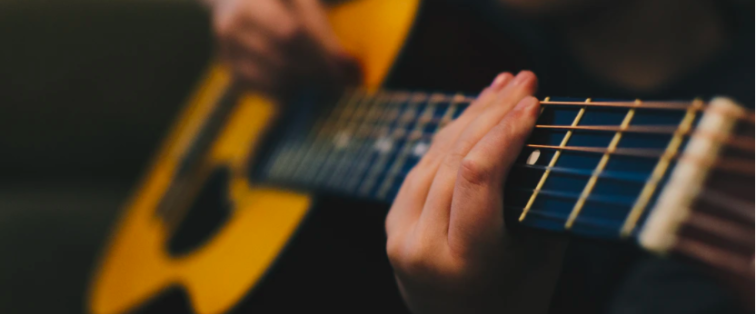Music Class Guidance During COVID-19 in 200 Words

As communities gear up for the new school year, families and teachers are nervous about what school will look like during a pandemic. How do we keep everyone safe while maintaining some sense of normalcy? This is so important—schools provide much more than math and reading instruction; extracurricular activities play an essential role.
Music extracurriculars support social-emotional, physical, cognitive, and cultural development in addition to often extending the school day for working caregivers. But how do we safely regroup choirs, bands and orchestras in a time of social distancing?
Some music activities—like strings and percussion—are safer than others. Though the evidence is still emerging, it seems singing may be at the root of outbreaks in choral groups and playing wind instruments is risky. Why? These activities spew many more aerosolized virus particles than typical conversation.
Additionally, the tight configurations of marching band and orchestral ensembles present safety concerns. While it is difficult to practice in disassembled groups or space at lengths that make hearing band members challenging, the lack of physical distancing is a risk.
Dr. Shelly Miller’s group at the University of Colorado is studying COVID-19 transmission through music modalities and has offered some preliminary guidelines:
- 2 to 2.5 meter distancing
- Practice sessions under 30 minutes
- Masks with mouth slits for instruments
- Nylon bell covers
- HEPA air purifiers
The risks of group music practices will never be zero, but there is emerging evidence to point us in the direction of smart ways to minimize them. When COVID-19 infections decrease, and schools begin to open their doors, we can practice infection control and let the beat go on.
*View the full guidance from the National Federation of State High School Associations here.
Deanna Marshall, MPH, is a former research associate at PolicyLab.
This post is part of our “____ in 200 Words” series. In this series, we tackle issues related to children’s health policy and explain and connect you to resources to help understand them further, all in 200 words. If you have any suggestions for a topic in this series, please send a note to PolicyLab’s Strategic Operations & Communications Director Lauren Walens.
